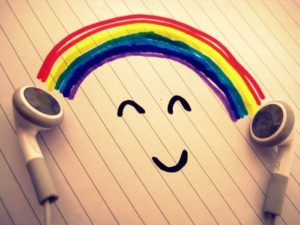
One of our little boys in the Autism Room hugs so hard I fear my ribs could crack. He wraps his arms around my neck and his legs around my belly and squeezes with every ounce of strength he possesses until his limbs actually shake from the effort. Do I mind? Not at all.
If it was possible to do his lessons and routines in this position I would let him hug all day. Why? Because his body becomes over-stimulated and his muscles are extremely tight, so the hugging pressure helps him relax. Sometimes we attempt wrapping him in a compression vest (a vest made from lightweight neoprene that fits tightly around his upper body), but that can only be for a short period of time, and while some of his peers enjoy it, he does NOT. If we manage to get the Velcro sides in place (not an easy task on a squirming, protesting child) he will still take it right off unless we cover it with a paint shirt. We also try rhythmically compressing his arms, legs, fingers, and shoulders one joint at a time. Thankfully, he doesn’t seem to mind this process. Another technique we sometimes try is letting him push his way through the Squeeze Machine (sets of rollers a child crawls through that make him feel squeezed like he’s being wrung through a clothes ringer) in the occupational therapy room. All of these methods help, but hugs are a clear winner.
My small friend has taught me the power of a really good hug. I’m not talking the token side hug or the three pats on the back (though these are better than nothing). I mean a good heart to heart squeeze. Virginia Satir, a family therapist, says, “We need four hugs a day for survival. We need eight hugs a day for maintenance. We need twelve hugs a day for growth.”
Here are 7 benefits of a good hug:
- Hugs relax muscles and release tension
- Hugs boost oxytocin levels, easing feelings of loneliness and anger
- Hugs build trust and a sense of safety
- Hugs boost self-esteem
- Hugs increase serotonin levels, increasing happiness
- Hugs help us be present in the moment
- Hugs teach us to give and receive
I give lots of hugs in the Autism Room, but when I walk out the door, my hug quota drops significantly. My goal is to increase my hug quality and quantity. Do you need a hug?


